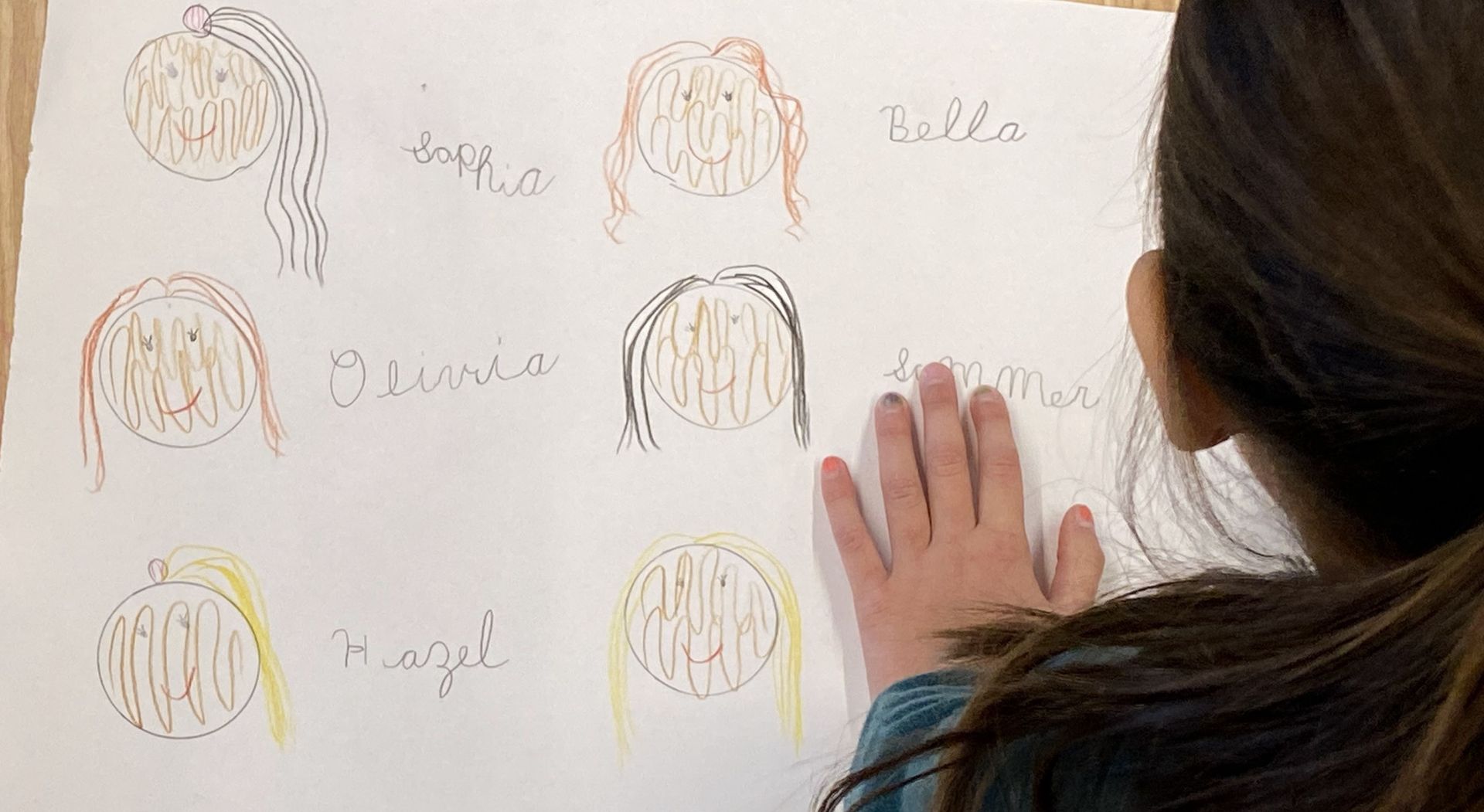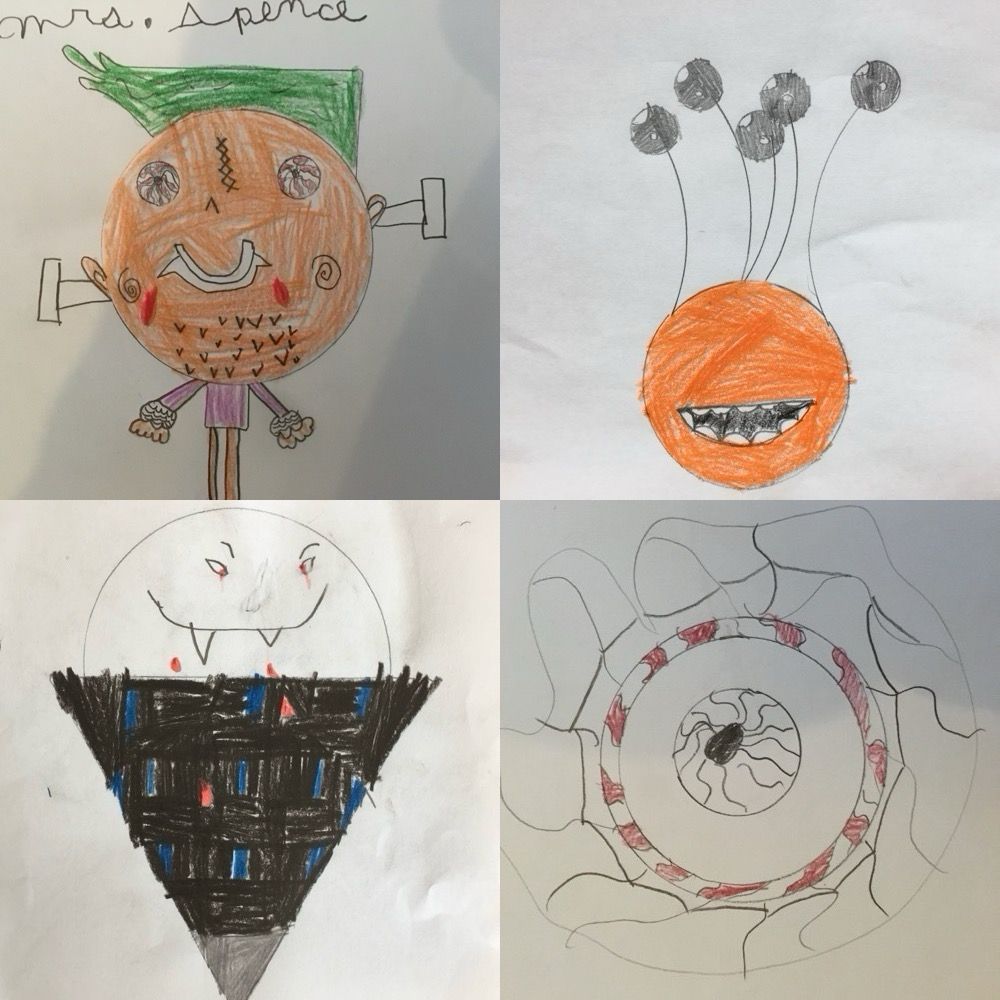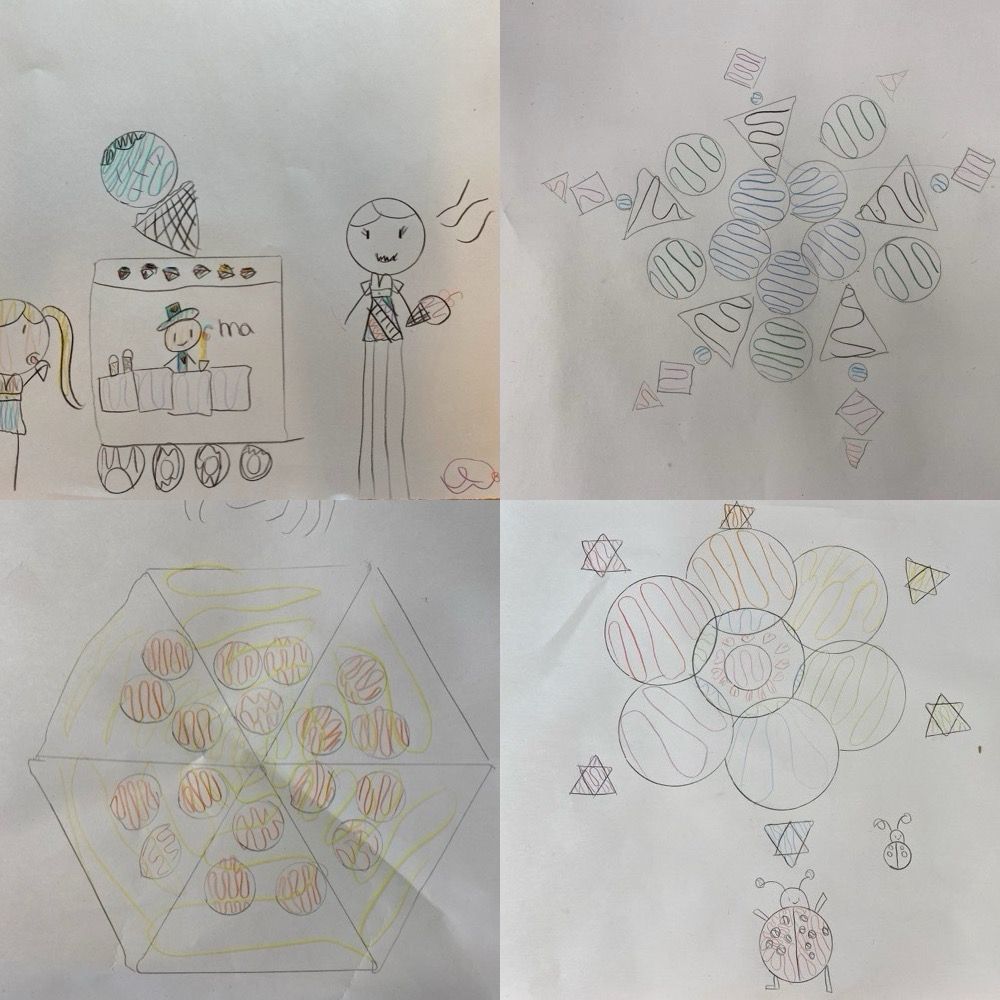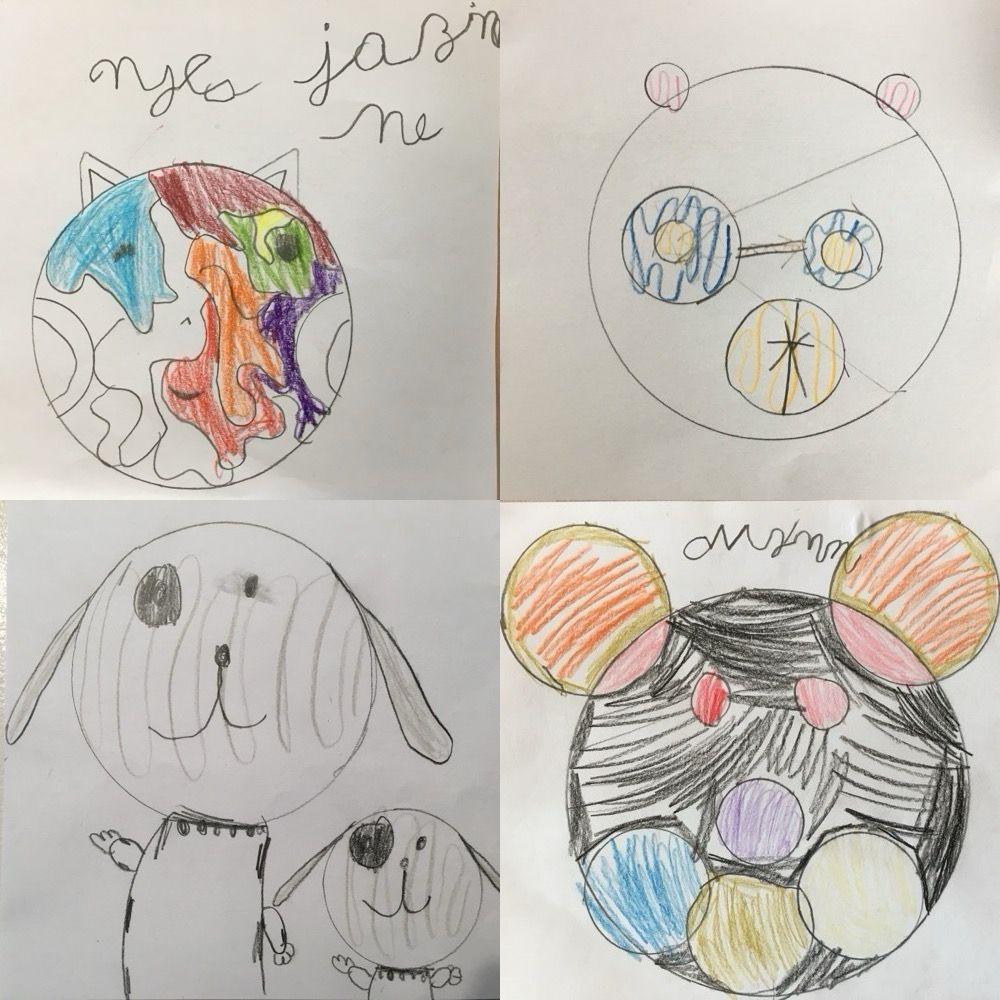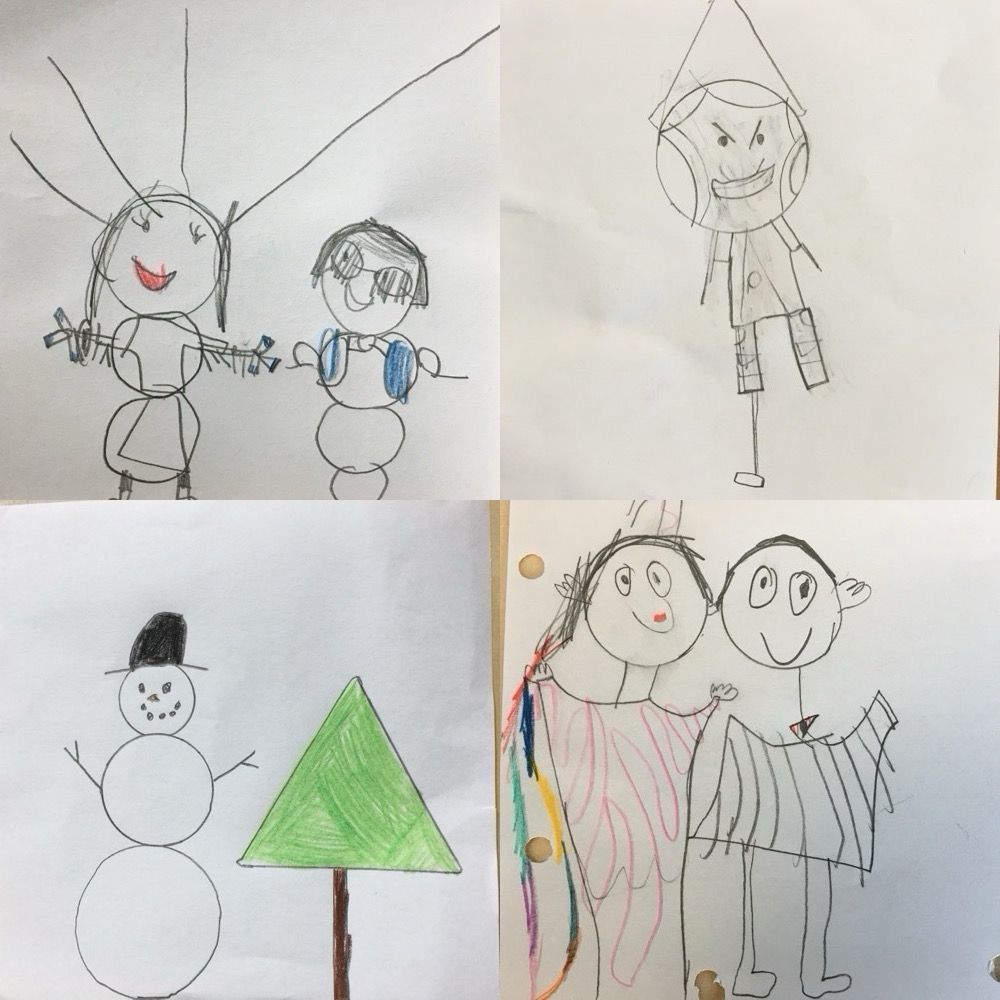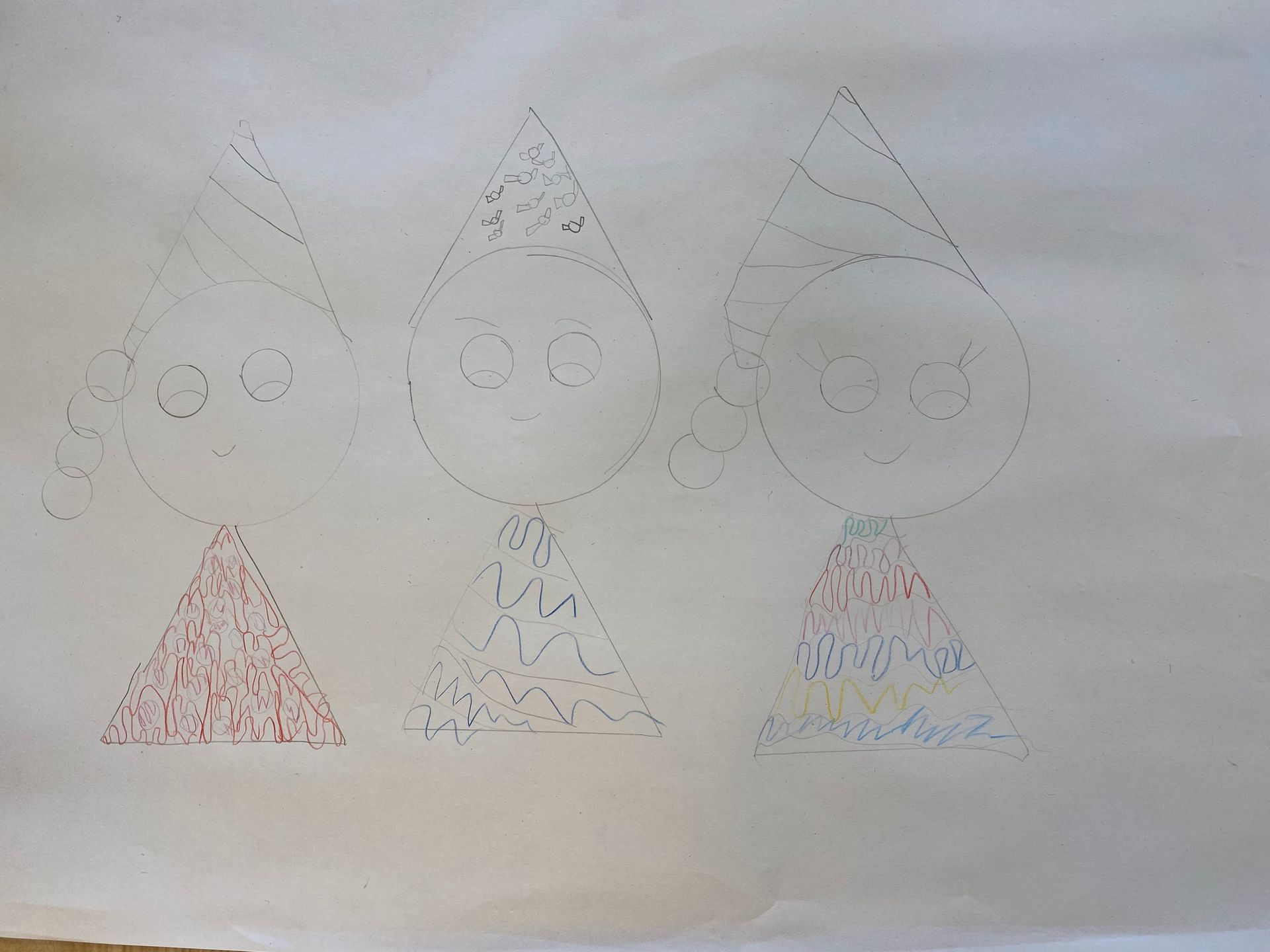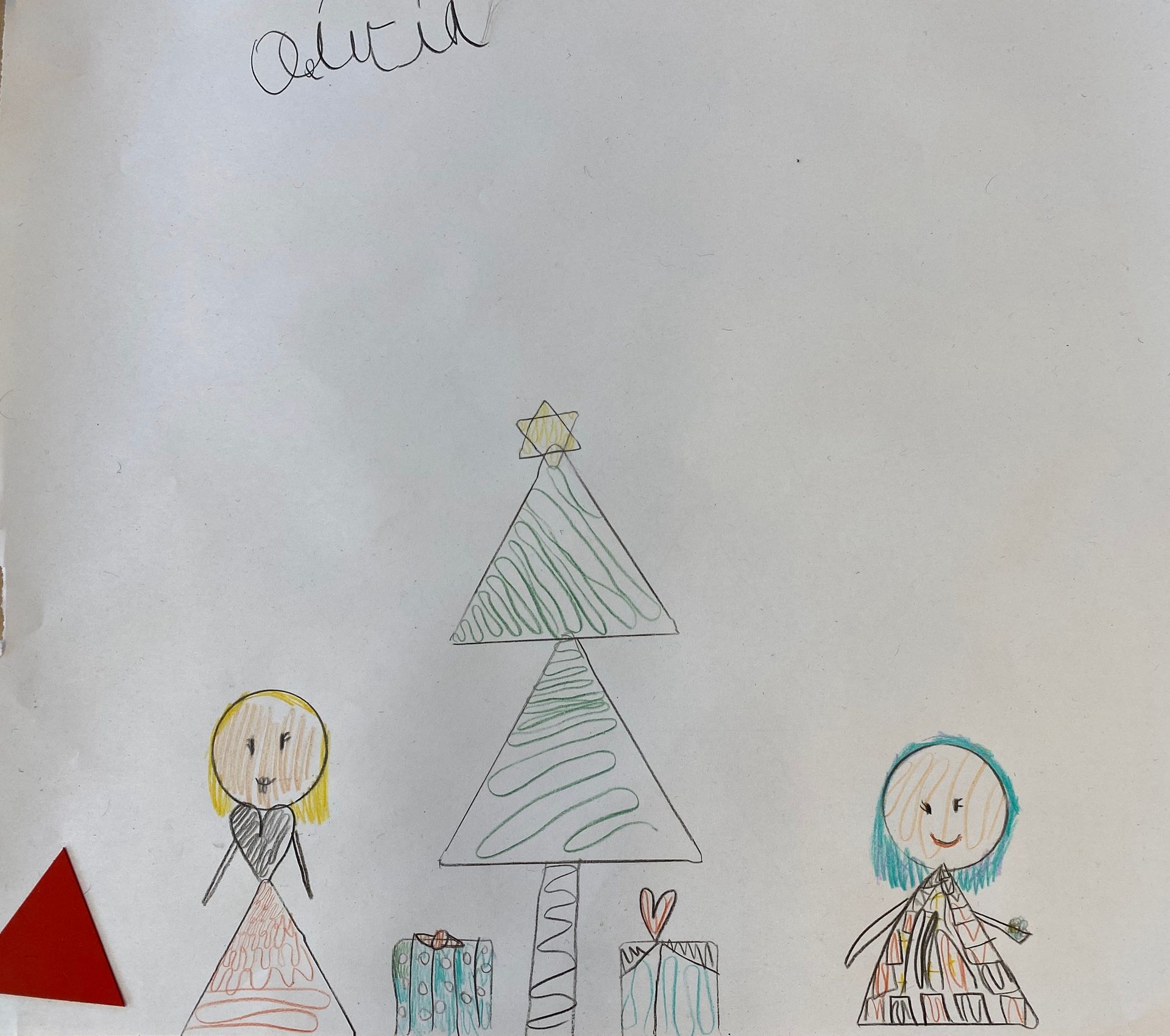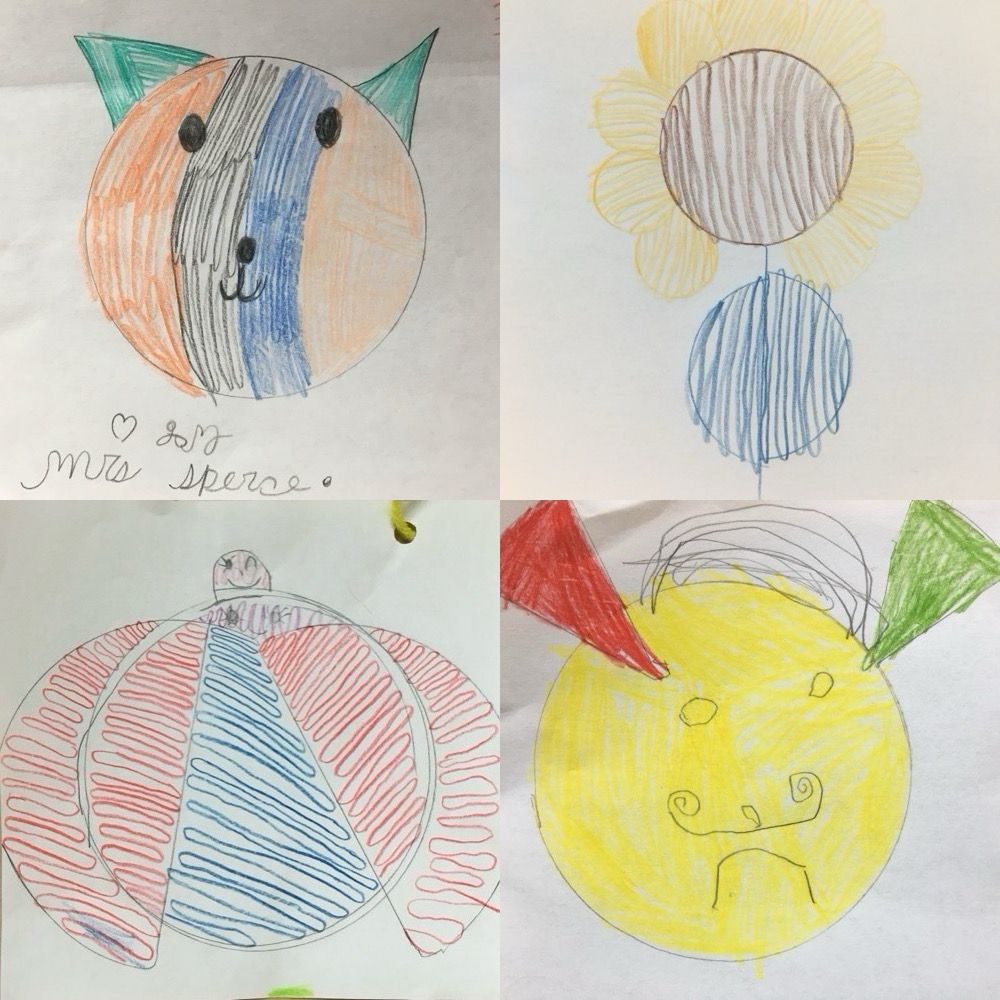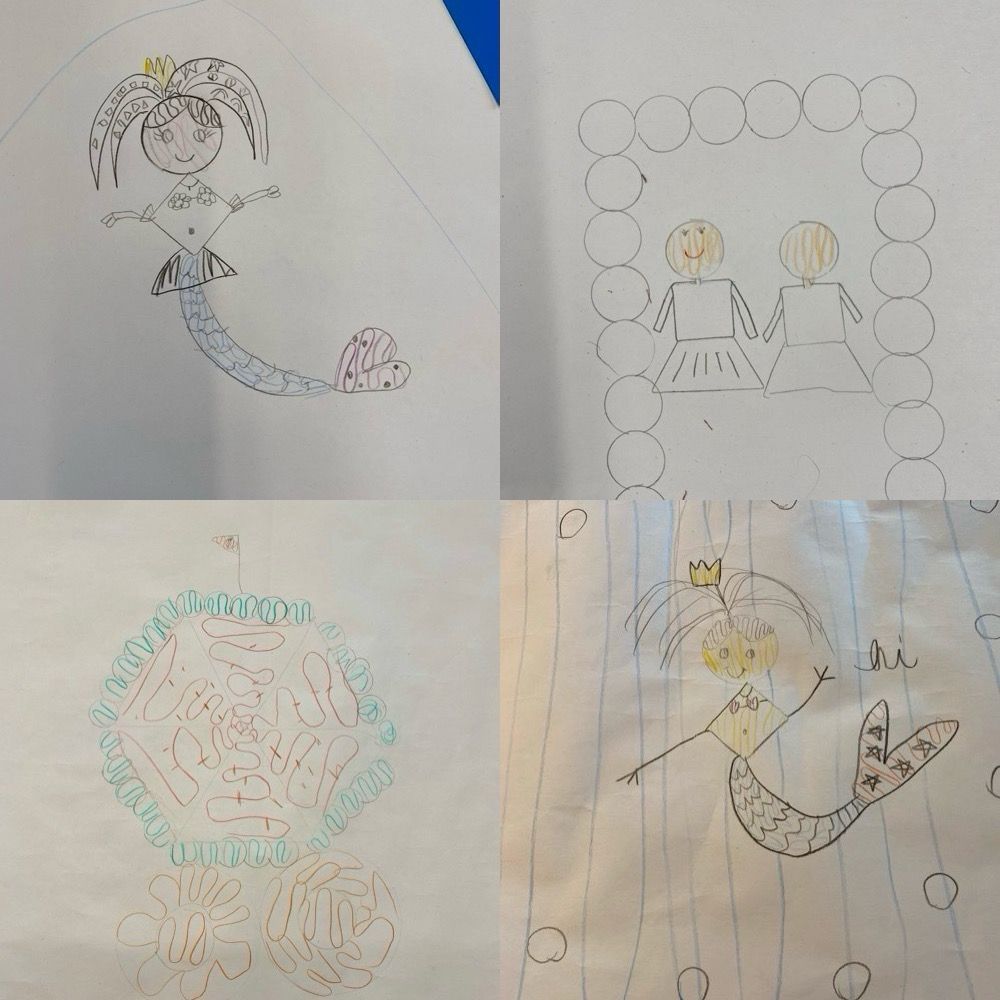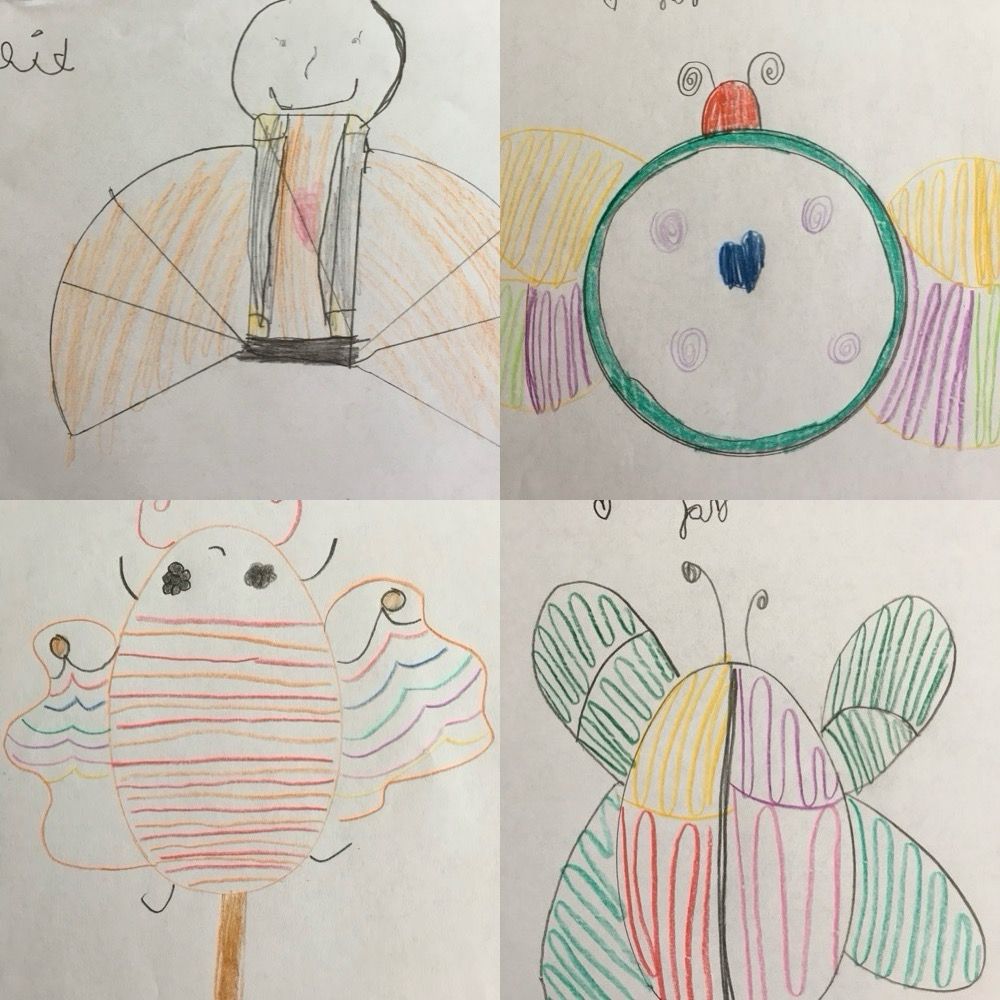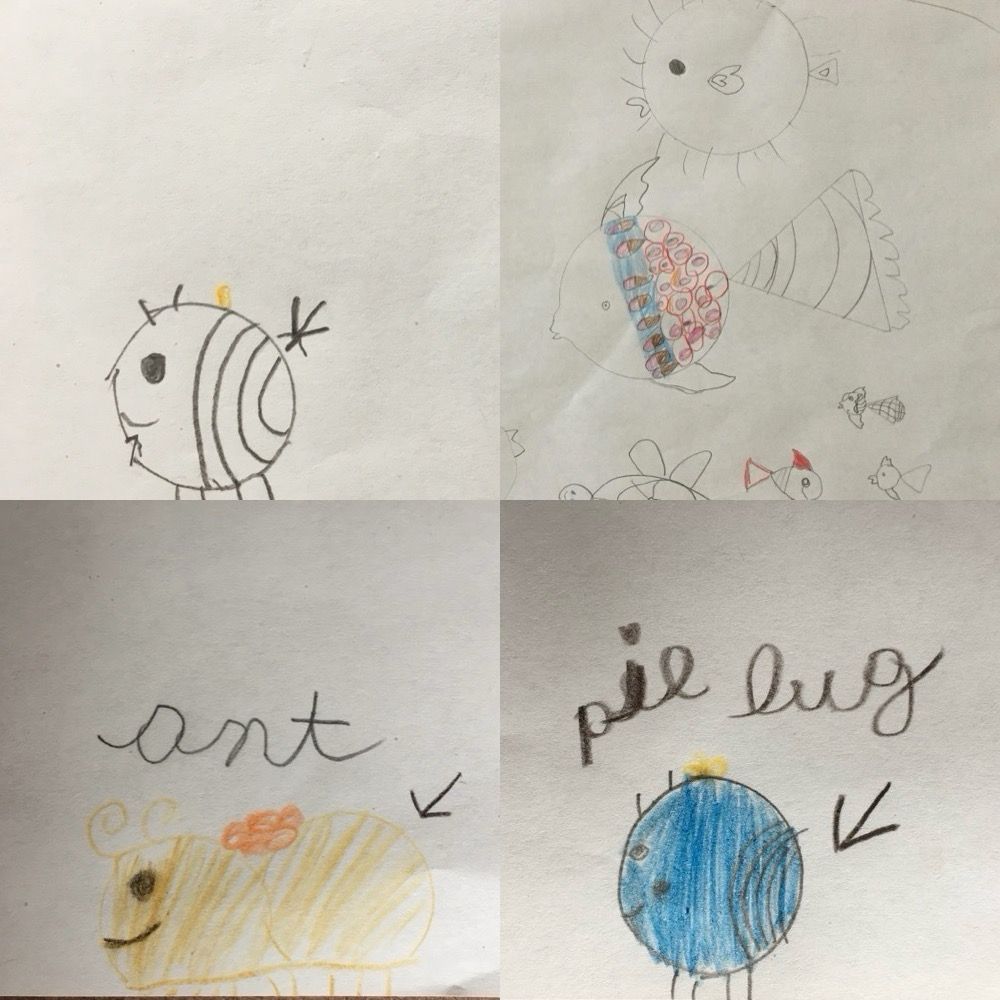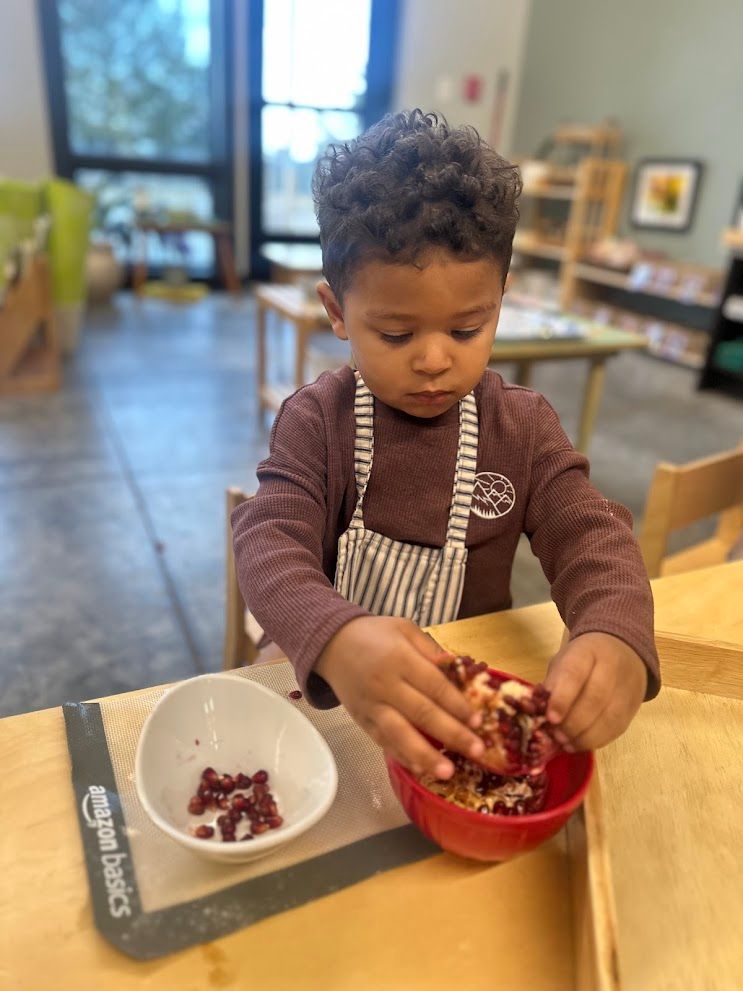“The true artist is the child who never lost their sense of wonder. Imagination does not become great until human beings, given the courage and strength, use it to create.”
MARIA MONTESSORI
How does Montessori support creativity?
Creativity is a cornerstone of Montessori education, where the emphasis is placed on nurturing the whole child—intellectually, emotionally, and creatively. In the Montessori classroom, creativity is not confined to traditional arts and crafts; it is woven into every aspect of learning, encouraging children to think outside the box, solve problems, and express themselves in diverse and meaningful ways.
The Montessori Environment: A Catalyst for Creativity
One of the unique features of the Montessori classroom is its carefully prepared environment, designed to inspire creativity and independence. The classroom is filled with materials that are both aesthetically pleasing and purposeful, inviting children to explore and engage in activities at their own pace. Unlike conventional classrooms, where children are often required to follow a strict curriculum, Montessori students are given the freedom to choose their work based on their interests. This autonomy is crucial in fostering creativity, as it allows children to follow their natural curiosity and develop a love for learning. The Montessori materials themselves are designed to stimulate creative thinking. For example, the Sensorial materials help children refine their senses, which is fundamental to creative expression. The Pink Tower, Color Tablets, and other materials encourage children to explore concepts like size, color, and shape, which later translates into an understanding of more abstract ideas in art, design, and architecture.
The Role of the Montessori Guide in Nurturing Creativity
In the Montessori classroom, the teacher, or guide, plays a pivotal role in nurturing creativity. Rather than directing the learning process, the guide observes the children and provides them with the resources and support they need to pursue their creative interests. This approach helps children develop confidence in their abilities and encourages them to take risks, experiment, and innovate without fear of failure. The guide also models creative thinking by demonstrating different ways to use materials and solve problems. This modeling is not prescriptive but rather serves as an inspiration for the children to explore their own ideas. For instance, a guide might show how to use the Movable Alphabet to create words and sentences, but children are encouraged to use the letters in their own imaginative ways—perhaps to tell a story, write a poem, or even create a new game.
Creativity Across the Curriculum
Creativity in the Montessori classroom extends beyond art and music. It is embedded in every subject, from mathematics to science to language. In mathematics, for example, children use hands-on materials like the Golden Beads and the Stamp Game to explore mathematical concepts in a concrete way. This approach allows them to understand abstract ideas through creative manipulation of materials, leading to a deeper and more personal understanding of math. In language, children are encouraged to express themselves through writing, storytelling, and drama. The freedom to choose their topics and the tools they use—whether it’s a pencil, a piece of chalk, or a set of movable letters—fosters creativity and self-expression. Science and geography lessons also promote creativity by encouraging children to explore the natural world, ask questions, and conduct experiments to discover answers.
Sensorial Creativity—The Outcomes from One Little Circle
The images we've chosen to showcase exemplify the remarkable creativity of our young learners, primarily arising from their explorations with Graded Geometric Figures. Through these materials, children engage in design and artistic expression, transforming simple shapes into intricate drawings. It’s truly inspiring to see how the act of tracing one little circle can blossom into a myriad of detailed artworks, reflecting an astounding depth of creativity. This collection features works produced over the years at IMA, crafted by children aged four to six. It's clear why we cherish and nurture the vibrant creative energy of the children in our care! Enjoy the highlighted photos that celebrate their original art.
The Long-Term Benefits of Creativity in Montessori Education
Creativity nurtured in the Montessori classroom has long-term benefits that extend far beyond childhood. Children who are encouraged to think creatively develop strong problem-solving skills, adaptability, and the ability to approach challenges with an open mind. These are qualities that are essential not only in academic settings but also in life and work as they grow older.
Creativity in the Montessori classroom helps children develop a sense of joy and fulfillment in learning. When children are allowed to explore their own ideas and bring their visions to life, they experience a deep sense of satisfaction and accomplishment. This positive association with learning fosters a lifelong love of knowledge and innovation. Creativity is an integral part of the Montessori classroom, where children are encouraged to explore, experiment, and express themselves freely. Through a supportive environment, the guidance of thoughtful teachers, and the use of inspiring materials, Montessori education cultivates creativity in a way that prepares children not only for academic success but for a life filled with curiosity, innovation, and joy.

